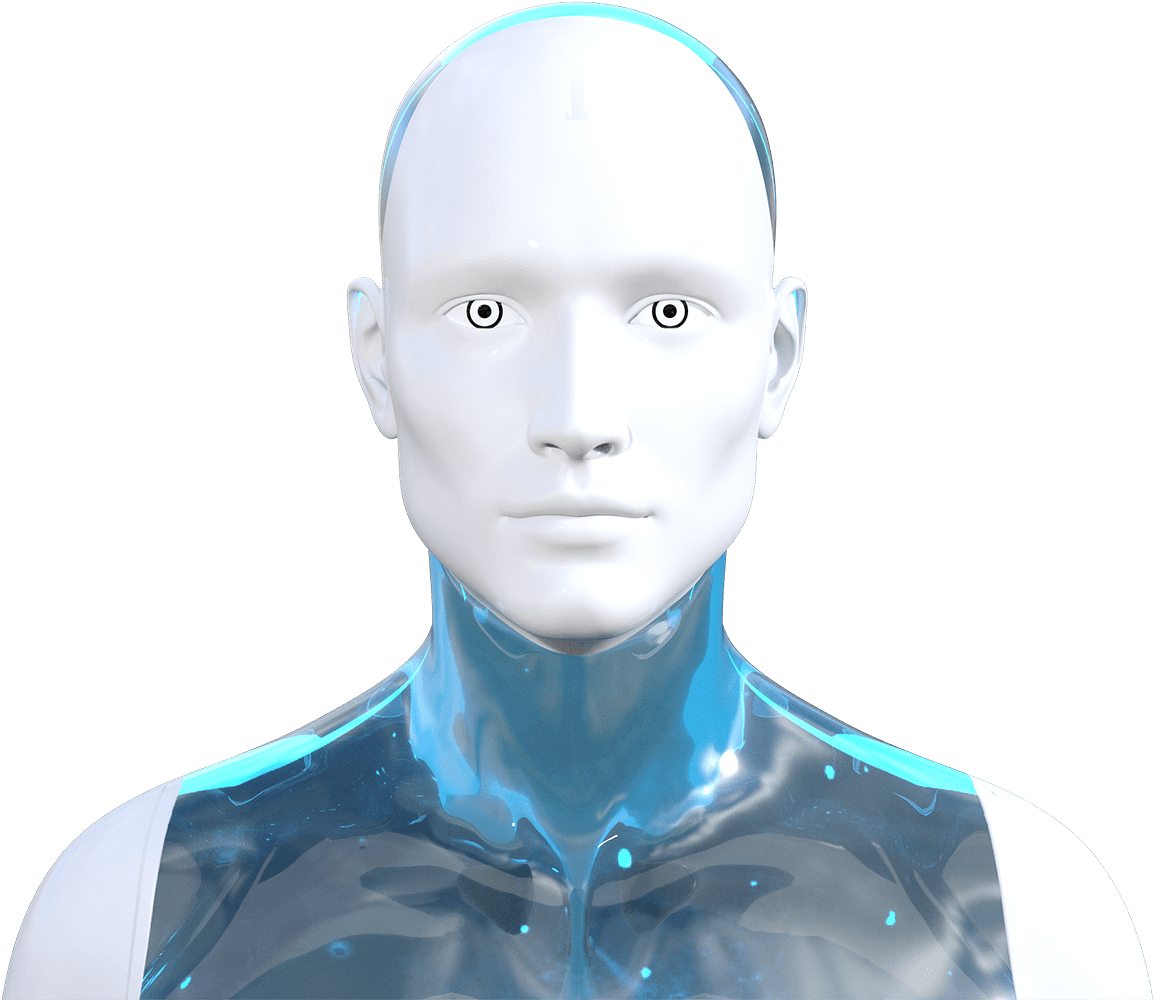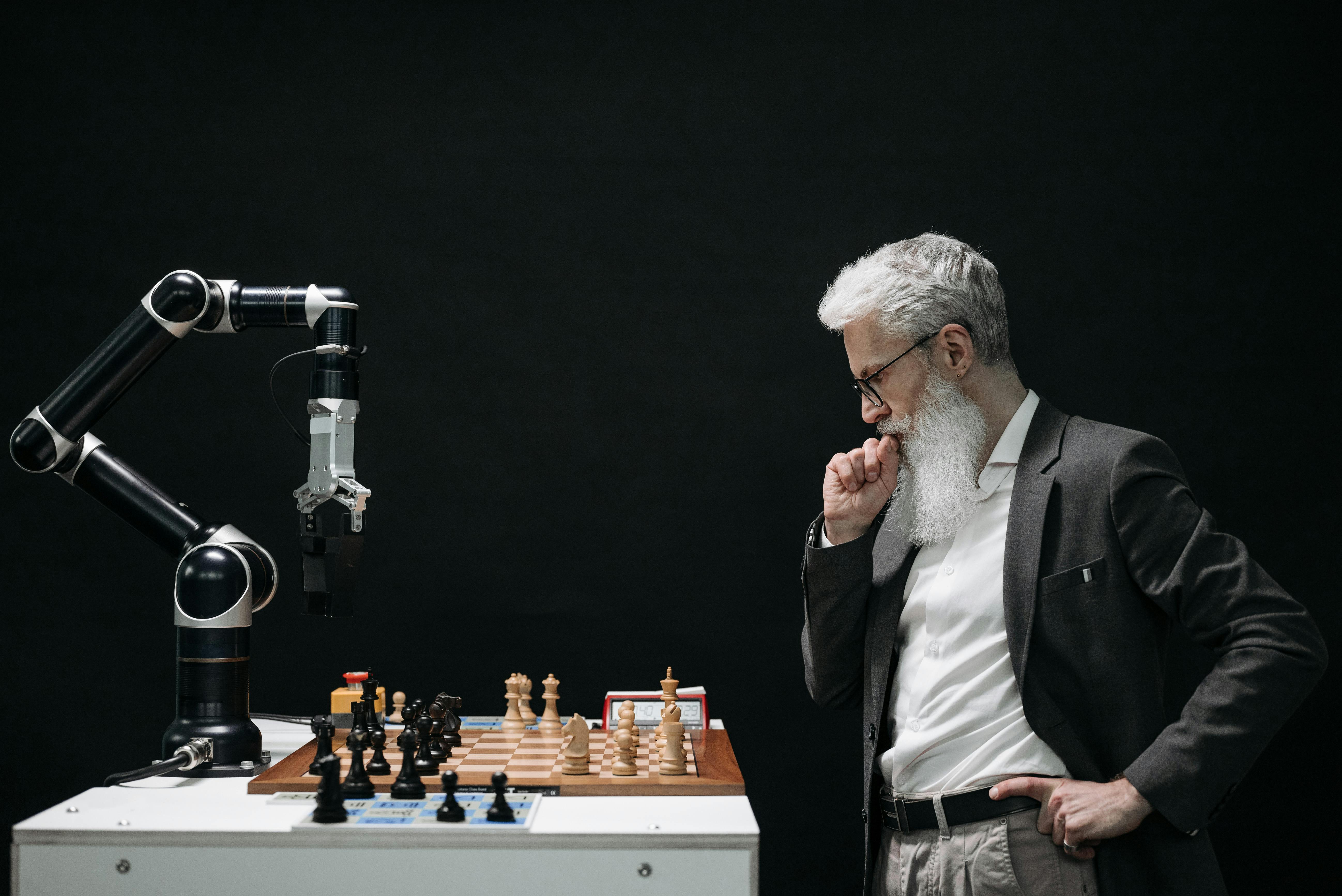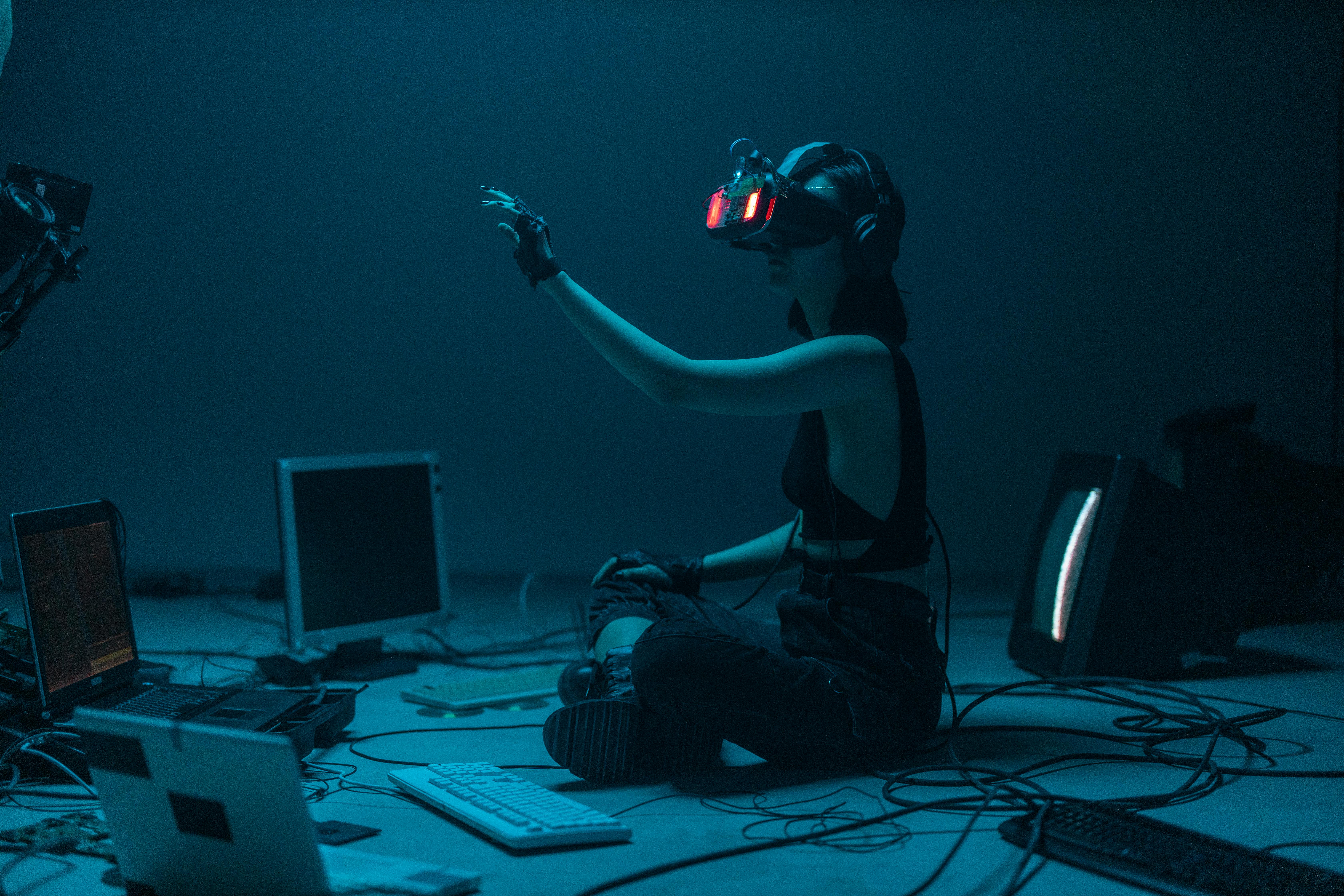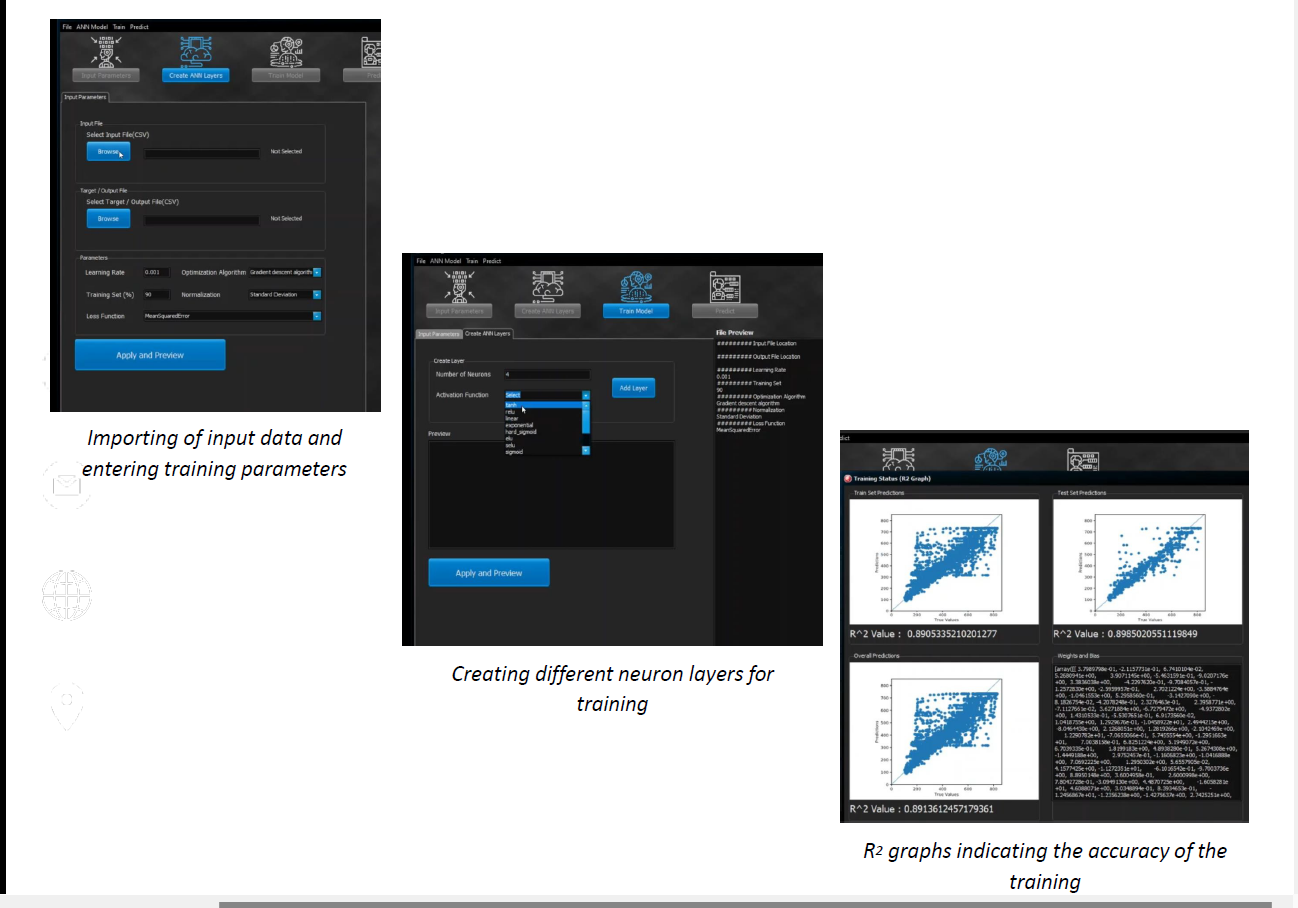Predictive Model


To democratize artificial intelligence by providing accessible and intuitive tools for anyone to harness the power of neural networks and optimization algorithms. We aim to break down barriers to AI adoption, empowering individuals and organizations from diverse backgrounds.
Issue: Linear and polynomial regressions are inadequate for capturing complex, non-linear relationships.
Challenge: These methods often result in inaccurate prediction due to their inability to handle non-linear data patterns effectively.

Solution1:Effortlessly model and optimize a wide range of nonlinear problems.
Real-time visualization of trained data with value for performance.
Solution2:Harness the capabilities of Artificial Neural Networks(ANN).
Convenient prediction capabilities once training is complete.
Solution3:Empower your team to tackle complex challenges with ease.
Adjustable parameters and function during Optimization.

Artificial Neural Networks(ANNs): Computational models inspired by the human brain, capable of learning patterns and making predictions from data.
Nature-Based Optimization Algorithms(NBOAs):Computational techniques inspired by natural processes, such as evolution and swarm behavior, are used to solve complex optimization problems efficiently.

Problem Statement: Optimizing the placement of components on a printed circuit board (PCB) to minimize temperature is crucial for ensuring optimal performance and reliability of electronic devices. Traditional approaches rely on manual trial-and-error methods, which are time-consuming and often yield suboptimal results.
Step 1(Data Generation and Simulation): Heritage Immersion offers a subscription model for premium features such as exclusive virtual tours, advanced educational content, and personalized wellness modules. Subscriptions can be offered on a monthly, quarterly, or annual basis, catering to different user preferences and needs. Advertising: Selective and unobtrusive advertising within the app can serve as an additional revenue stream. Ads can be tailored to be relevant to the user's interests, such as promotions for cultural events, heritage conservation programs, and travel deals.
Step 2(ANN Model Development): An ANN learns the complex relationship between component placements and temperature outputs. It predicts temperature distributions across the PCB for different configurations. Tailor solutions.
Step 3(Genetic Algorithm Optimization): Genetic Algorithms find the optimal component placement while minimizing PCB temperature. GA iteratively evolves potential configurations, inspired by natural selection and genetic crossover principles. Real-world scenarios.
